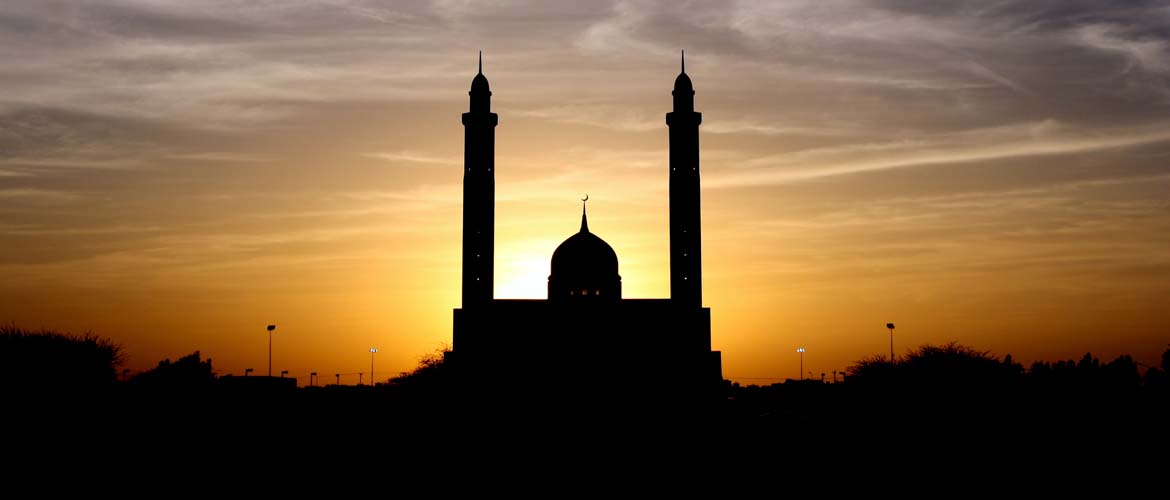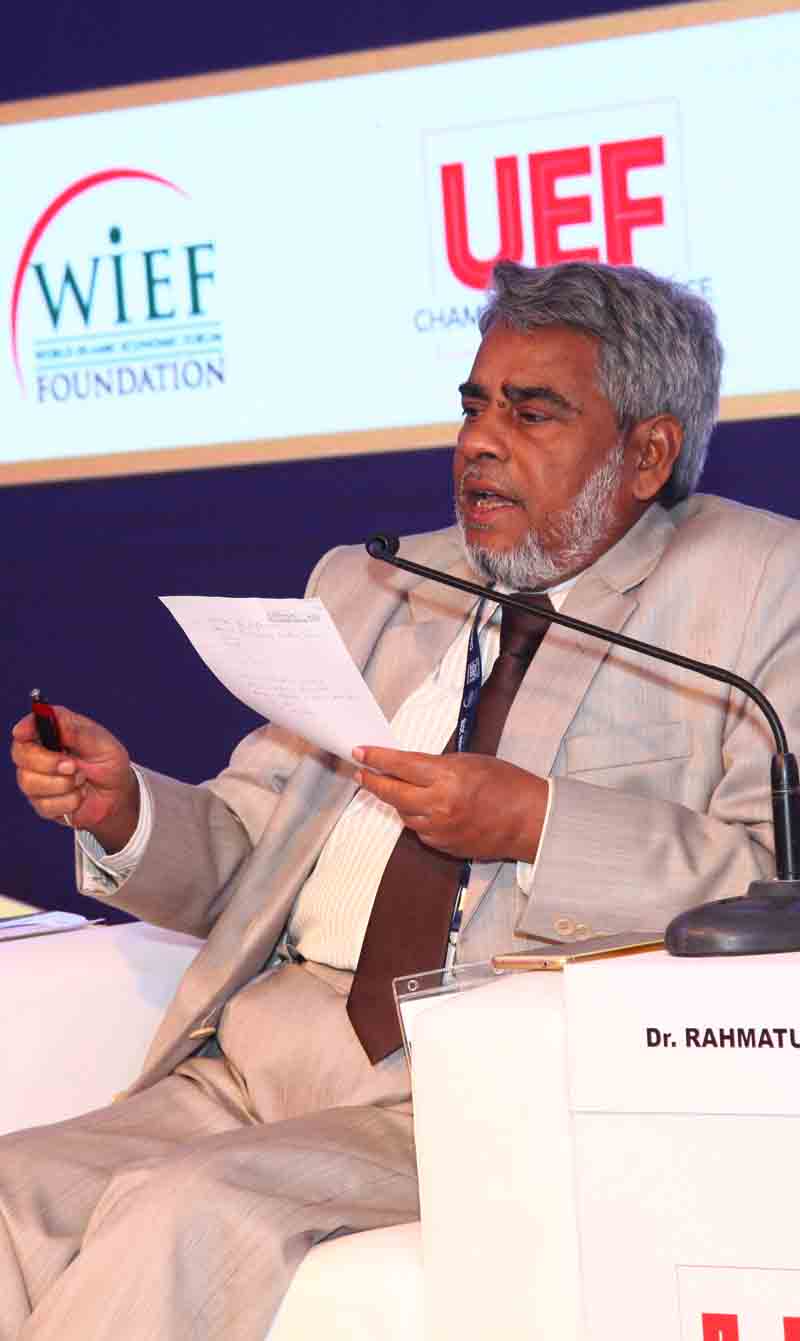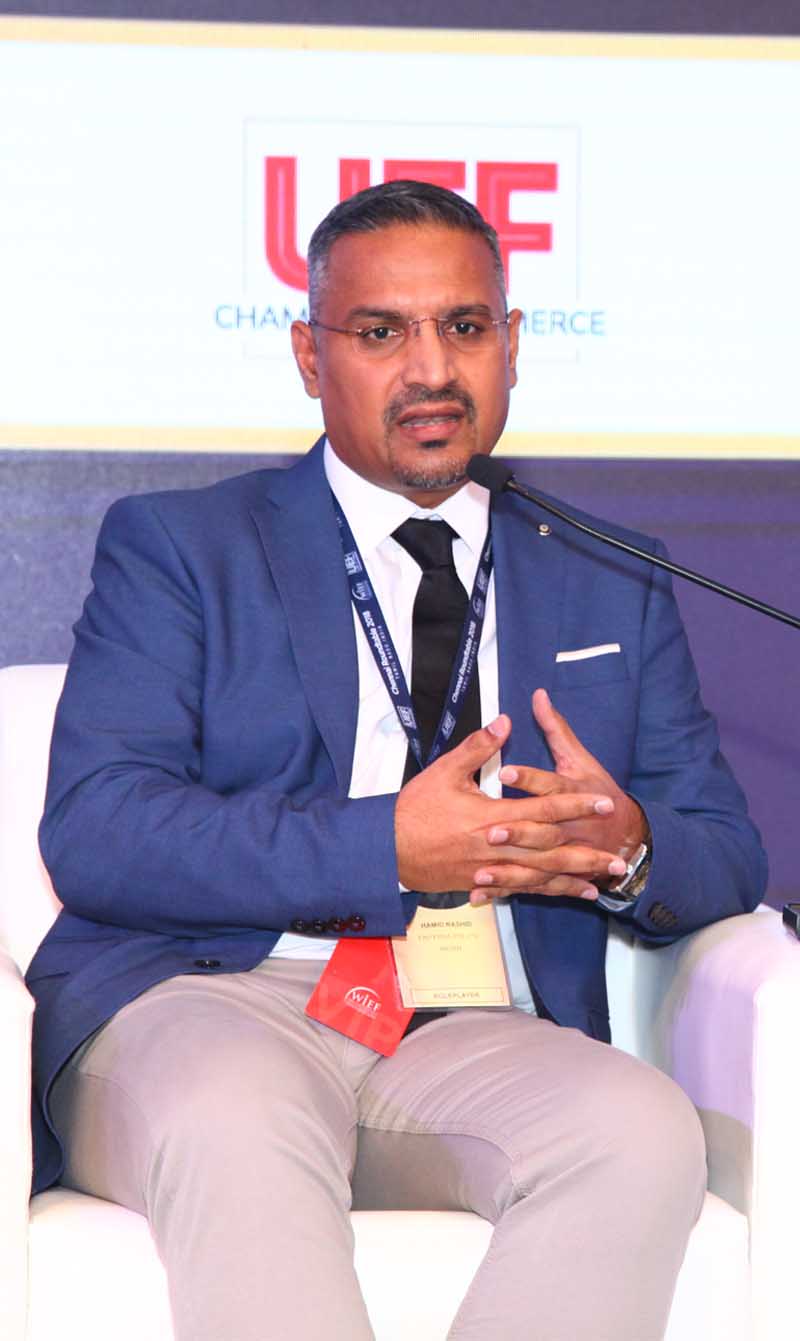Islamic finance: Brief overview
Its rapid rise in popularity in the east is not mirrored in the west but Islamic finance is persevering. Here, Professor Volker Nienhaus, a recognised expert in Islamic finance as well as a member of the governing council and adjunct professor of INCEIF, writes a brief but comprehensive report on three considerable points.
According to the World Bank, Islamic finance (IF) is equity-based, asset-backed, ethical, sustainable, environmentally and socially responsible finance. It promotes risk sharing, connects the financial sector with the real economy and emphasises financial inclusion and social welfare. What looks like a factual description is an idealised vison of what some proponents of IF would like it to be. The realities, however, are somewhat different.
Sectors in which Islamic finance will play a bigger role
If Islamic financial institutions (IFIs) act in accordance with this ideal then IF will promote social welfare locally and globally. IF will be a driver of environmentally sound and socially responsible growth as it is alleged that IF is based on high ethical and governance standards and ideally suited for socially responsible investing (SRI).
Indeed, some best practice examples can be quoted. However, conventional SRI is technically far more advanced than IF. IF can learn about environmental impact assessment, sustainability screening and corporate social responsibility (CSR) assessments from conventional SRI and ethical finance.
It is asserted that IF could play a prominent role in infrastructure financing: The value system of Islam promotes projects that enhance the social infrastructure and protect the environment. In Europe, Islamic investors have invested in real estate but their preferences were rarely schools, hospitals, student housing or retirement homes, but primarily commercial real estate and luxury property.
Role of Islamic finance in greening the global economy
Numerous potential matches between Islamic ideals and green projects, particularly in renewable energy and waste management, have been outlined but only a small number of showcase projects has been realised.
A participation of IF in sizable green infrastructure projects requires support by governments. The political will to green the economy has increased in many parts of the world but low commodity prices have eroded the available resources for mega projects.
IF may instead focus on a larger number of smaller projects in energy conservation, waste prevention or recycling in the private sector. Green affordable housing projects may benefit people as well as the global environment.
Future of Islamic finance in 10 years
The global IF, in US dollar terms, has lost its growth momentum – it was negatively impacted by currency devaluations and depressed commodity prices. Nevertheless, some countries experienced an increase of domestic market shares of Islamic banks. The high growth of the past had covered up quality issues such as weak credit analyses, poor customer service or mis-selling of products.
Even in countries supportive of IF, regulators have tightened supervision. In some western countries, the excitement about IF has cooled off. Outside the United Kingdom, only one full-fledged Islamic bank (in Germany) and one Islamic window (in France) are operational in the EU. Except for some ‘experimental’ sovereign issuances, sukuk have not gained ground in western corporate finance.
Overall, IF will face a harsher commercial and regulatory environment. IFIs should consolidate their business, deliver higher quality at competitive prices, focus on core markets and strengthen links with the growing halal economy.
___________________
Engage with experts on Islamic finance at the upcoming WIEF-UEF Chennai Roundtable 2018 at Hotel ITC Grand Chola, Chennai in India, on 10 Nov 2018. For programme details or to register your interest, go to wief.org.
For more opinions and articles on the latest business topics read our digital versions of In Focus magazine, issue 1 and issue 2.
Photo by pexels on pixabay





